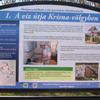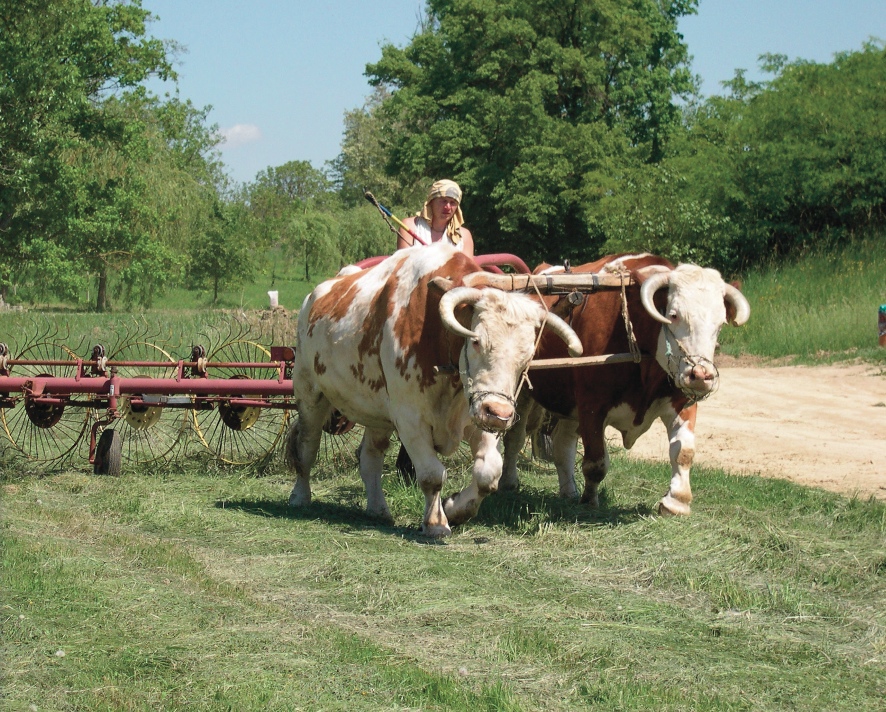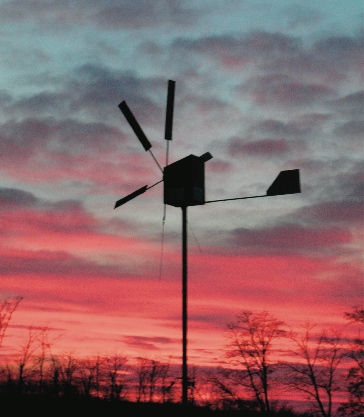 The main principle behind Krishna Valley’s energy need is the endeavour for self-sufficiency and in close relation to this the use of renewable energy resources.
The main principle behind Krishna Valley’s energy need is the endeavour for self-sufficiency and in close relation to this the use of renewable energy resources.
Burnable plants (like tree, stalk) can be grown in a couple of years or decades; therefore, they are called renewable. Other renewables, for instance are sunshine and wind energy. Opposite to this fossil energy resources (petroleum oil, natural gas, coal) came into being in the course of several millions of years, so they are not easy to access and the reserves are finite.
In Krishna Valley heating and hot-water supply is managed by burning wood. Since the foundation of the community, 1993 we have planted over 300,000 trees most of which are used as firewood. At present (in 2013), we are 25% self-sufficient in regard to firewood supplies.
Using small-scale solar panels and wind wheels covers the electricity necessities of households. This kind of electricity is sufficient only to operate small household appliances like a halogen lamp or a light-emitting diode that function as complementary tools to candles and oil lamps.
Self-sufficiency can be best achieved by communal collaboration. We have to be able, for instance to do milling or cultivate land without using fossil energy resources. From this point of view the most important renewable energy source, besides firewood, is ox-power.
As a matter of curiosity:
The building nearby is Krishna Valley’s school (or in Vedic terms: the Gurukula), where we merely use renewable energy resources for its maintenance; heating and supplying hot water is done by using firewood, while electricity for lighting is derived from solar panels and windmills.




